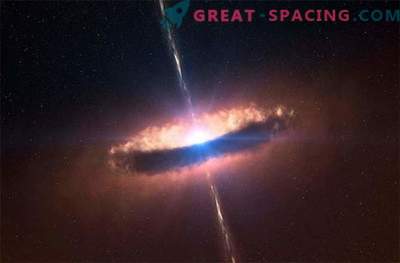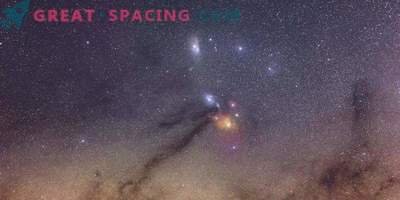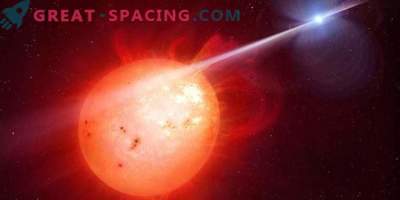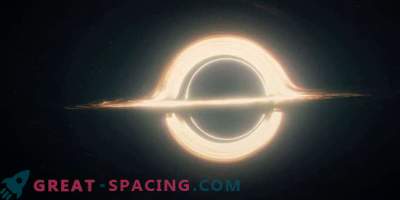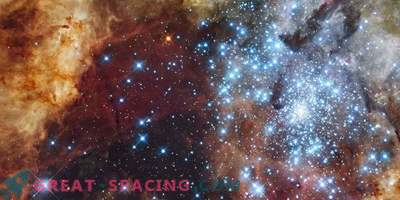
The magnetic field topology of the primary component of HD 66051. The distribution of the radial component of the magnetic field (color graph) and the orientation of the field vector (red and blue vectors) are shown on the four phases of rotation. Star is displayed at an angle of 86 degrees
The researchers discovered the first early-type magnetic star in the eclipsing binary system. The finding can provide important details for a better understanding of the evolutionary process of binary stars.
Early-type magnetic stars practically do not occur in close binary systems and could not be found before. Scientists put forward several theories that can explain this shortage. For example, there is an assumption that the presence of a powerful global primary magnetic field prevents the fragmentation of a protostellar cloud, which prevents the formation of several systems.
In a recent study from Uppsala University (Sweden), they tried to determine the most plausible hypothesis about the lack of binary systems with early-type magnetic stars. As part of the research, we observed an HD 66051 - eclipsing, spectroscopic binary system, the photometric variations of which hinted at the presence of an early-type magnetic star. The survey was conducted in December 2016 and January 2017 using an ESPaDOnS spectropolarimeter using a Canada-France-Hawaii telescope. Thus, it was possible to fix the dipole magnetic field on HD 66051. It turns out that HD 66051 A is a magnetic, chemically peculiar star of spectral type B with an uneven surface distribution of the chemical composition.
We also managed to note that the second component in HD 66051 is a star with a metal line, which has neither a powerful magnetic field nor internal spectral variability. The analysis showed that HD 66051 A is almost 2.8 times larger and 3.2 times more massive than the Sun, and HD 66051 B has a radius of 1.39 solar and 1.75 in mass.
This is a unique object with which you can test models of stellar structure with radiation-controlled chemical stratification and strict constraints. Or explore other interesting processes, such as mixing in the radiation zone, convective ejection of the nucleus, etc.
